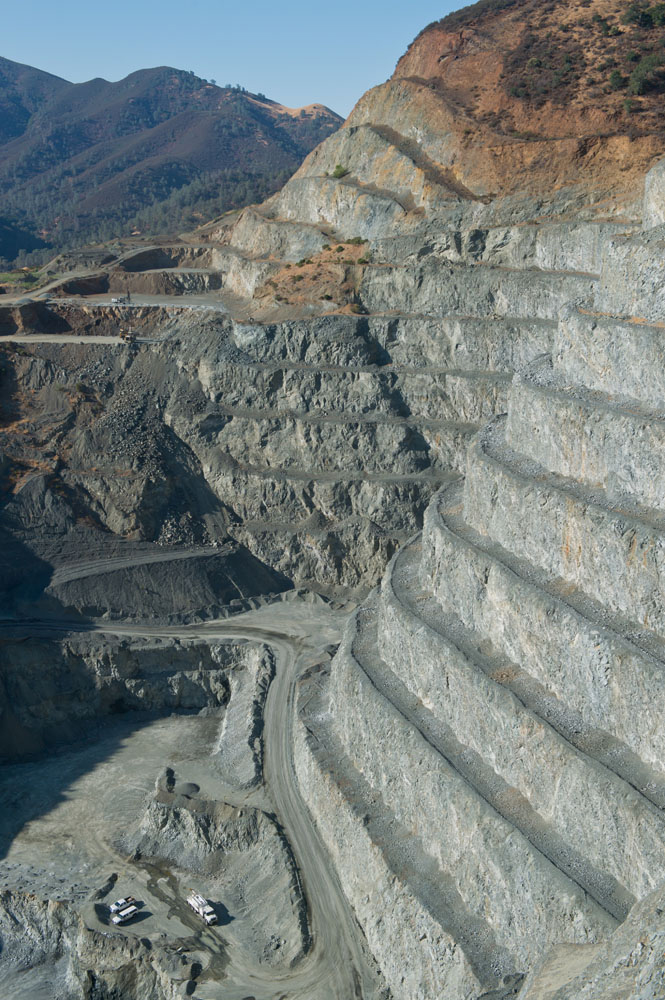FAQ
Frequently Asked Questions
What is the difference between Lone Star's Reclamation Plan and CEMEX’s plan?
We believe our plan is environmentally and economically superior to Lone Star’s existing plan. To compare the two plans, click here.
What are the public benefits included with CEMEX’s Reclamation Plan?
CEMEX’s plan offers more attractive views, habitat restoration, landscaping, reduced peak runoff, more jobs and tax revenue, and construction aggregate for years to come. To learn more about the Reclamation Plan, click here.
What is difference between a reclamation plan and a mining permit?
A reclamation plan and a mining permit are NOT one and the same. A reclamation plan is required under State law to detail how a quarry will be restored to a stable condition that supports a beneficial future use of the property when mining ceases. It is not an operational permit or an extension of the quarry’s vested mining rights. The quarry has been operating since at least 1948 and has vested rights (established under 1947 and 1968 operating permits) that run with the land and will remain active so long as the quarry remains in operation. If CEMEX’s proposed reclamation plan is denied by the county, the quarry will continue to operate under the Lone Star reclamation plan. Click Here for comparison chart.
What is the lifespan of the Clayton Quarry?
The Clayton Quarry is anticipated to be operated until the year 2068 when mining and reclamation are completed. The property has vested mining rights that run with the land, do not expire and separately allow operational uses that are not covered in the proposed reclamation plan. Recognizing that the quarry will have neighbors for a long time, CEMEX is adopting new practices that aim to reduce dust and track-out on Mitchell Canyon Road. Click Here to learn more about quarry operations.
What are the benefits of allowing the quarry pit to fill with water?
The Lone Star plan calls for the quarry pit to be backfilled with earth, which requires the handling and transport of over 17 million cubic feet of earth and literally hundreds of thousands of truckloads moving this earth along Mitchell Canyon road over a period of about four years. In contrast, the CEMEX plan calls for allowing the pit to accumulate storm water runoff for over 100 years and become a new source of water supply while reducing peak runoff through the neighborhoods below the quarry. Click Here for comparison chart.
Is the public encouraged to be part of the planning process?
Yes, we want you to engage with us in the public process! To get involved, click here .
What is the quarry doing to reduce dust and track-out?
The quarry has installed timed sprinkler systems on several stock piles that run several times a day throughout the week, has increased overall watering on-site, and will apply a highly effective dust suppressant to the internal quarry roads. To reduce track- out along Mitchell Canyon Road, the frequency of sweeping has increased and a new wheel wash has been installed. To learn more about what the quarry is doing for the neighbors, click here.
How can I get project updates?
To sign up for project updates, click here.

